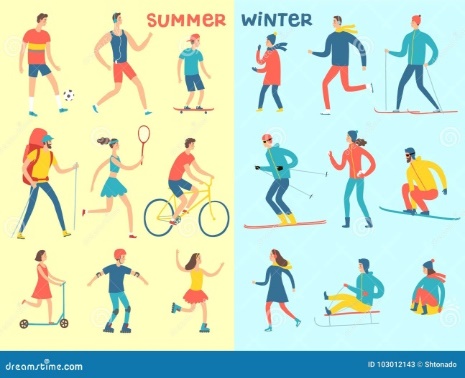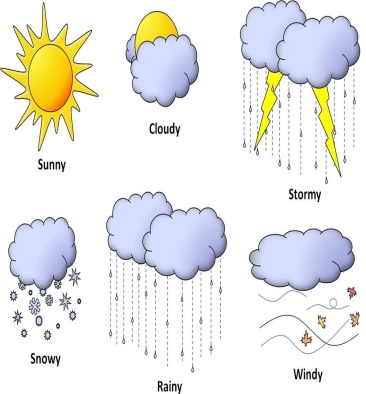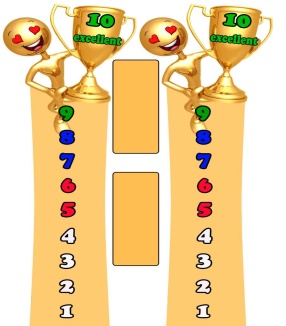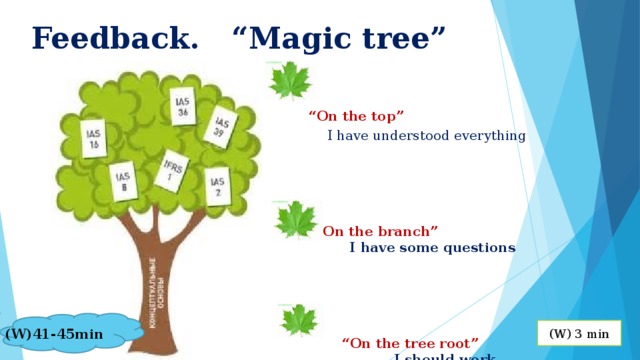|
Beginning of the
lesson
Warming-up

3
min.
Pre-learning
«Brainstorming»
method
7 min.
|
Organization moment
:
1.Greeting.
Ask about the
weather.
The teacher sets the lesson
objectives, letting students know what to anticipate from the
lesson.
Warming up
Where are you
from?
How old are
you?
What color is
it?
How many students are there in
class?
What day of the week
today?
Lead –
In

|
The
aim: To develop pupils speaking skills and
create friendly atmosphere
Efficiency: By wishing
each other they feel better and feel the support of
others
Students
of the class are listed.
Students' attention is drawn to the
lesson.
Students
say different words from the
picture
•Learners remember previous
lesson vocabulary
•Learners answer the
questions
What is the weather
today?
What was the weather
yesterday?
|
The teacher
to assess learners for their
ability.
“Good
job!
Well
done!”
Formative
Assessment

Good
job!
Descriptor:
- remembers the lesson
passed
Point
1
Assessment
criteria
make basic statements related to personal information,
people and objects on familiar topics and
a treasure hunt
|
Pictures
worksheet
Picture
|
|
Middle of the
lesson
Presentation
part.
30
min
|
Ex:1
P:69
• Look at the picture. Answer the
questions.
Refer the pupils to the pictures and have a picture
discussion. Elicit what season it is, what's the weather like, what
the children are doing and what they're wearing (e.g. Is it winter
or summer? Is it cold or hot? etc).
Explain the activity. Go through the questions and
elicit/explain any unknown vocabulary. Allow the pupil's some time
to answer the questions. Check their
answers.
Ex: 2
P: 69
• Put the flashcards up on the
board. Point to the flashcards, one at a time, and say the
corresponding phrases. The pupils repeat chorally and/or
individually. Point to them in random order. Ask individual pupils
to name them. Ask the rest of the class for
verification.
Play the CD. The pupils listen, point to the words and
repeat. If you wish, play the CD again pausing after each phrase.
The pupils repeat chorally and/or
individually
E x: 3 P:
69 x: 3 P:
69
Write on the board a summer activity and a winter activity.
Ask the pupils What do you do in summer? Elicit answers (e.g. I go
swimming.). Give verification to the pupils by saying (Swimming) is
a summer activity. Repeat the same in order to elicit winter
activities.
Explain the activity. Go through the prompts and
elicit/explain any unknown words. Allow the pupils some time to
complete the activity. Check their answers.
Conclusion during the lesson some tasks differentiated by outcomes of
the students and by their
abilities.
|
• learners look at the picture and answer the
question
ANSWERS
1 It's winter.
2 It's cold.
3 They're wearing jackets, helmets and
gloves.
4 New Year.
• learners
listen, point and repeat
ANSWERS
Students
own answer

• learners
read and match. Then say.
ANSWERS
A summer
activity: surfing, skating, camping A winter activity: skiing,
snowboarding
|
Descriptor:
- look at the
picture
- answer the question
Total: 3
point

Self assessment
Differentiation: «Verbal
support» method is
used to help Ss use new words in the
sentences.
Descriptor:
- point to
the flashcards
- ask
individual to name them
Total: 3
point
Descriptor:
- read and
match
Total: 3
point
-Make CCQ
questions Yes / No
|

Card
Worksheet
Students
book
|








 x: 3 P:
69
x: 3 P:
69
















